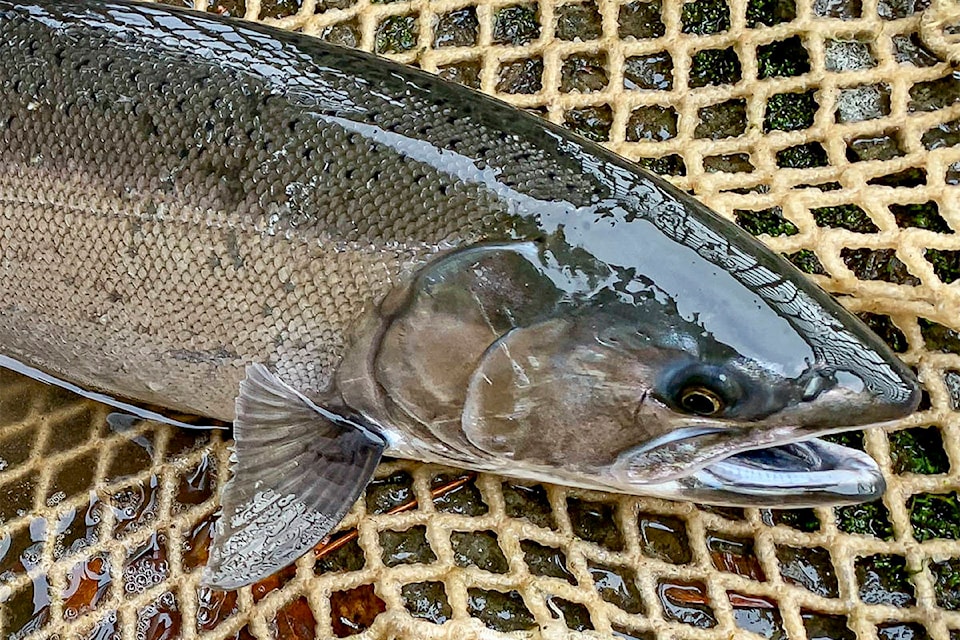Fisheries and Oceans Canada has opened up recreational fishing for coho salmon on the Yukon portion of the Tatshenshini River — the first and only public salmon harvesting opportunity in the territory this season.
The department opened up the fishery on Oct. 9 after what appears to be a strong showing of coho returning on the Alsek River, of which the Tatshenshini is a tributary.
Fishers are allowed to harvest up to four coho per day and have a total of 12 in their possessions.
Possession of Chinook and sockeye salmon remains at zero.
As of Oct. 13, officials had counted about 3,400 coho at the Klukshu River weir, which is about double the average of fish typically counted this time of year, Fisheries and Oceans Canada fishery manager Bill Waugh said.
The Klukshu weir is the only monitoring project the department has on the Alsek; there’s no drainage-wide counting like there is on the Yukon River. The weir is typically removed from the water in mid-October due to weather conditions but while coho salmon are still passing through, meaning it only captures a snapshot of the migration.
“It’s a bit of a tricky one — coho come into the drainage late in the season and commercial fisheries and whatnot are largely over on the U.S. side in August so you don’t have that information,” Waugh said. “… We don’t even get a complete count of what comes into the Klukshu drainage either, so it’s kind of the nature of the beast with them being so late-running into the system.”
The Tatshenshini coho don’t typically draw large amounts of fishers, Yukon Salmon Sub-Committee executive director Elizabeth MacDonald said, in part because people are typically out hunting at the same time of year the fish are making their way up, or because they prefer to head to Alaska to get fish that are in better shape.
She said she thought that the four-coho-a-day quota was a “good incentive” to get fishers to make the drive, although the Thanksgiving weekend would probably have been the best time to go as the daily passage numbers are starting to decline.
“I think you’ll have to put a little more effort to get them,” she advised fishers planning on heading out in the coming days.
She also noted harvest would typically happen on Champagne and Aishihik First Nations’ settlement land, and that fishers should remain respectful while fishing. CAFN has also asked that non-citizens avoid entering communities in order to prevent any spread of COVID-19.
Contact Jackie Hong at jackie.hong@yukon-news.com
